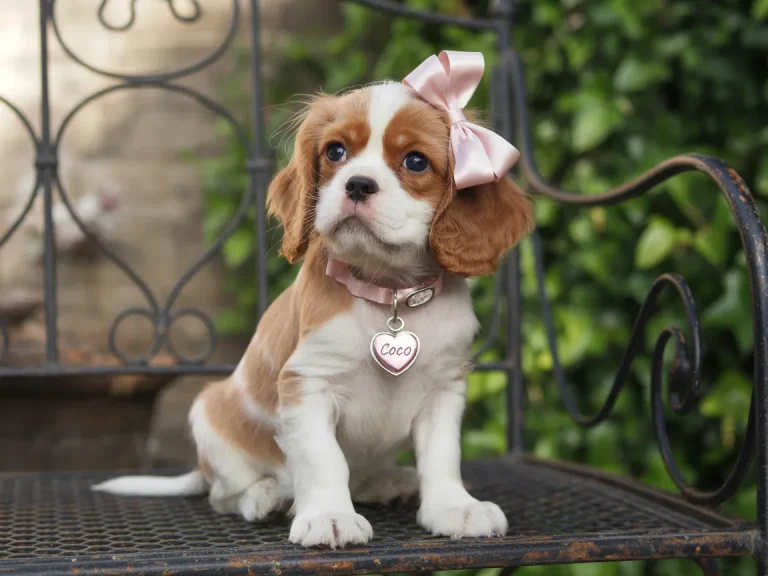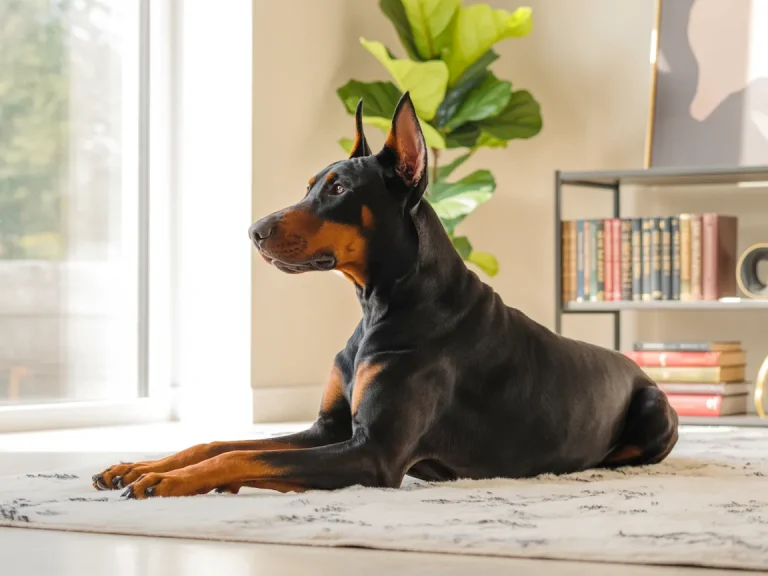Golden Retrievers are one of the most beloved dog breeds in the world — and for good reason. Known for their intelligence, loyalty, and cheerful demeanor, a golden retriever puppy brings warmth and energy into any home. But along with those floppy ears and wiggly tails comes the need for consistent, thoughtful training. Whether you’re preparing for your first golden retriever boy or you’ve already welcomed one home, this guide will walk you through every stage of early training with confidence and ease.

Why Start Training Early?
Training your golden retriever puppy from the very beginning helps build trust, create boundaries, and ensure a safe, happy life for both of you. Golden retrievers are eager to please, but that enthusiasm needs structure. By setting up a strong foundation early on, you’ll prevent behavioral issues later.
Puppies begin learning from the moment they arrive home — and they learn fast. Habits (both good and bad) can form quickly, so early guidance is key. Training is not just about commands — it’s about communication, safety, and shaping the way your golden retriever interacts with the world.
Setting Up the Right Environment
Before diving into formal training, make sure your home is set up to support a learning puppy. Create a safe, quiet space where your golden retriever puppy can rest and feel secure. Use baby gates to block off dangerous areas, and remove items that could be chewed or swallowed.
Have designated spots for food, water, toys, and bathroom breaks. A stable environment helps your puppy relax and focus during training sessions. Setting this up ahead of time makes the whole experience smoother for both of you.

Crate Training Basics
Crate training should never be used as punishment. Instead, make it a positive experience with soft bedding, toys, and treats. Start slowly — encourage your golden retriever boy to explore the crate on his own, then gradually extend the time he spends inside.
Puppies generally need to relieve themselves every 2–3 hours. Use the crate to encourage holding it in between trips outside, and always reward successful potty breaks with praise.
Crate time can also help puppies learn independence. Golden retrievers love being close to their humans, but developing some comfort alone helps prevent separation anxiety later in life. Make crate time cozy, predictable, and part of the daily rhythm.
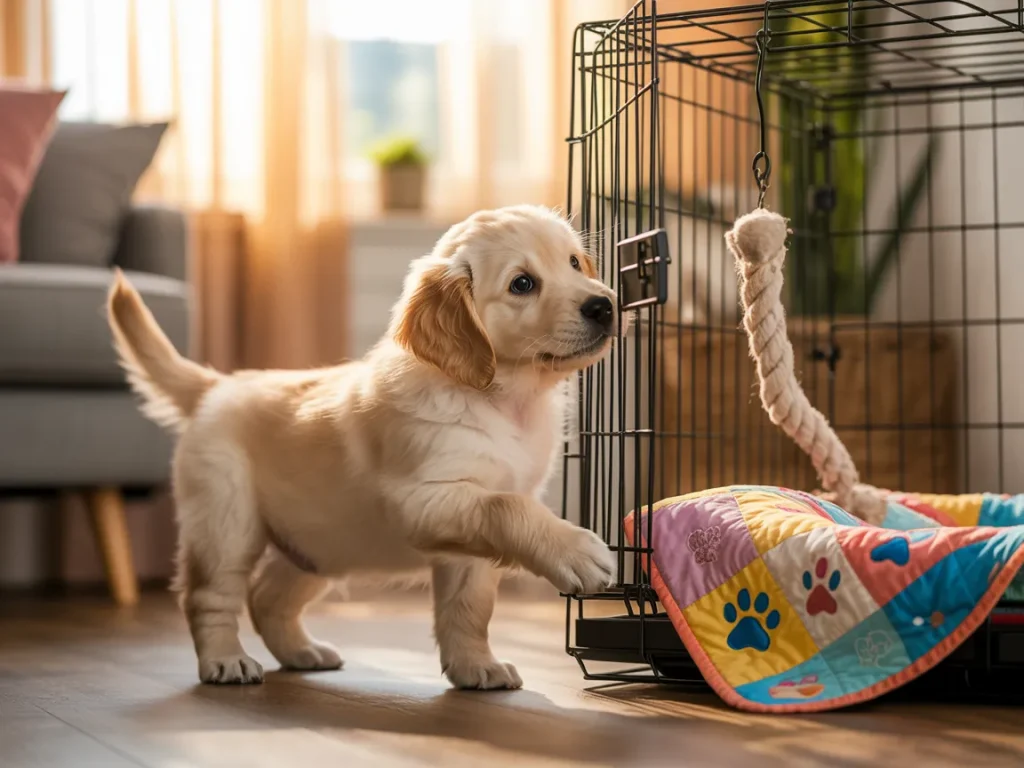
Potty Training Your Golden Retriever Puppy
Consistency is the golden rule of potty training. Take your puppy out after naps, meals, playtime, and any time he starts sniffing or circling. Always return to the same potty spot so he can associate the area with the behavior.
Use simple cue words like “go potty,” and praise your golden retriever puppy every time he does his business outside. If accidents happen indoors, don’t scold — clean the area thoroughly to remove scent markers and gently redirect next time.
Most puppies grasp potty training in a few weeks when given regular opportunities and gentle correction. Expect a few hiccups — patience pays off.
Teaching Basic Commands
Golden retrievers are incredibly smart and respond well to positive reinforcement. Start with essential commands like:
- Sit
- Stay
- Come
- Leave it
- Down
Keep training sessions short (5–10 minutes) and fun. Use treats and happy praise to reward success. If your golden retriever boyfriend gets distracted, end on a positive note and try again later.
Use a calm, clear voice and consistent body language. Golden retrievers thrive on clarity and enthusiasm. Avoid yelling or harsh corrections — they respond much better to redirection and encouragement.
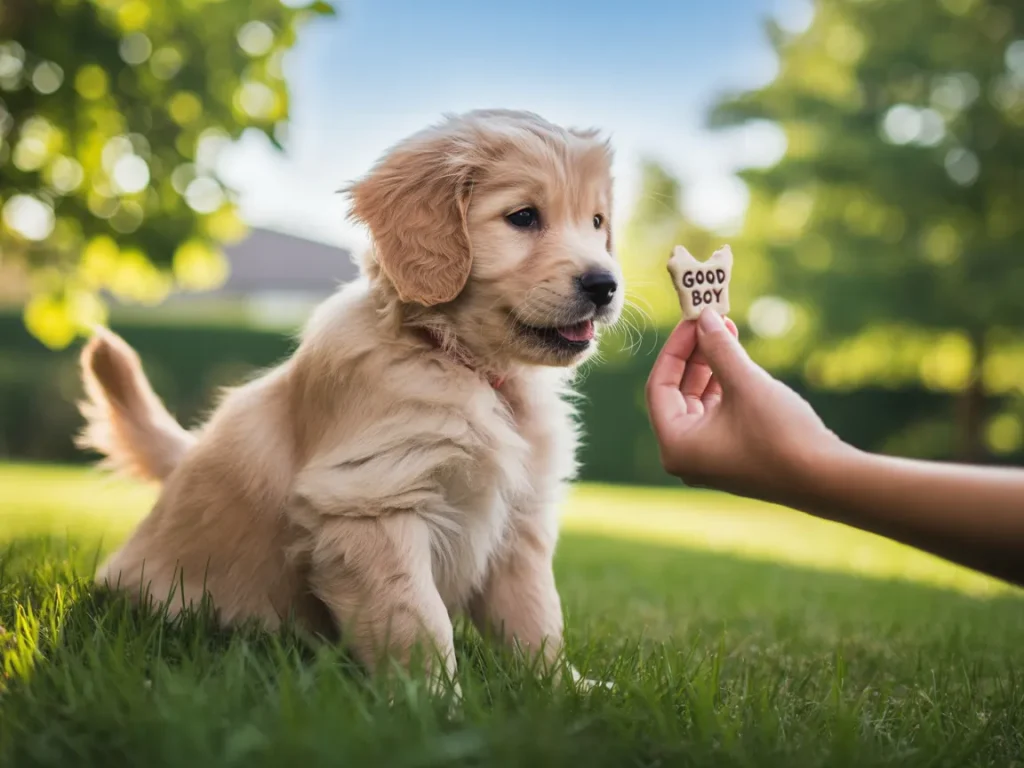
Socialization Is Non-Negotiable
Between 8 and 16 weeks is a critical socialization window. Exposing your puppy to a wide range of people, places, sounds, and situations during this time can help prevent fear and anxiety later on. Make sure all interactions are safe and positive — never force your puppy into overwhelming scenarios.
Take your golden retriever puppy on short car rides, walks through parks, and visits to dog-friendly stores. Encourage gentle interactions with strangers and calm, friendly dogs.
A well-socialized golden retriever boy grows up to be confident, friendly, and calm in new environments.

Managing Biting and Chewing
All puppies bite and chew — it’s how they explore the world. But golden retrievers have strong jaws and will need clear boundaries. When your puppy nips, redirect to a chew toy. If the biting continues, remove attention briefly to teach that play ends when biting begins.
<puppy-biting-solution.webp>
Puppy teething can be tough. Frozen carrots or rubber teething toys can soothe sore gums while satisfying the urge to chew. Be consistent — don’t allow biting one day and then punish it the next.
Also, rotate toys often to keep your golden retriever puppy engaged. Mental stimulation is just as important as physical play.
Establishing a Routine
Puppies thrive on routine. Set consistent times for feeding, potty breaks, training, play, and sleep. A predictable schedule reduces stress and makes training easier for both you and your dog.
Golden retrievers especially benefit from structure — it helps curb impulsiveness and builds trust. If you’re out during the day, try to maintain consistency with help from family or a dog walker.
Routine also reinforces leadership — your puppy will look to you for cues and feel secure when life is predictable.
When to Enroll in Puppy Classes
Group puppy classes can be a fantastic way to teach obedience while building confidence and social skills. Look for trainers who use positive reinforcement methods and allow for safe interaction among puppies.
Classes provide a controlled environment where your golden retriever puppy can practice listening despite distractions — a key skill for any well-behaved dog.
If you’re a first-time dog owner or feel overwhelmed by certain behaviors, group classes can offer structure and expert feedback that accelerates progress.
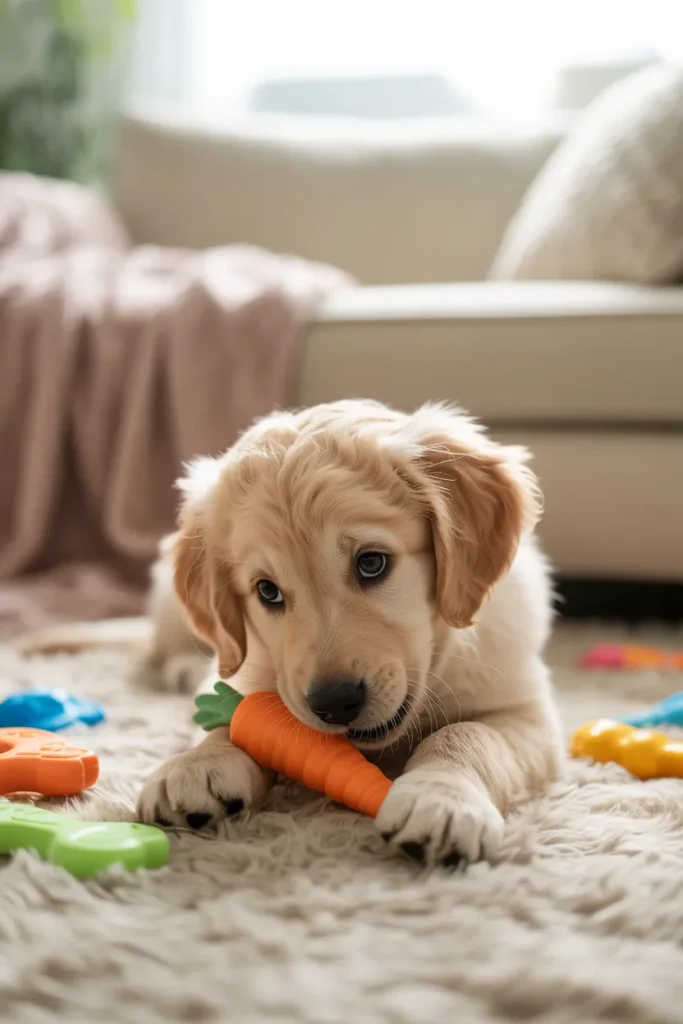
What About the “Golden Retriever Boyfriend” Personality?
It’s become a lighthearted internet term — the “golden retriever boyfriend” — to describe someone who’s loyal, affectionate, playful, and just a little goofy. And it’s honestly a great way to sum up the golden retriever’s personality.
Your golden retriever boy is likely to be deeply attached to you, always looking for approval, ready for adventure, and happiest when he’s by your side. Lean into that connection during training, and you’ll have a lifelong bond.
Golden retrievers don’t just want to obey — they want to be your partner in everything you do. Use that loyalty as motivation during training. They’re not just students; they’re teammates.
The Long-Term Payoff
Training a golden retriever puppy requires patience, time, and lots of treats — but the results are worth every bit of effort. A well-trained golden retriever is a joy to live with: calm, obedient, gentle, and enthusiastic about everything you do together.
By putting in the work now, you’re setting your puppy up for a lifetime of success. You’ll have a dog who not only listens but also thrives in your home and community.
Whether your golden retriever becomes a hiking companion, therapy dog, or just your daily shadow, it all starts with early training, love, and consistency.
Disclaimer: This article is for informational purposes only and does not constitute professional veterinary advice. Always consult a licensed veterinarian or certified dog trainer regarding the specific needs and health of your dog.
